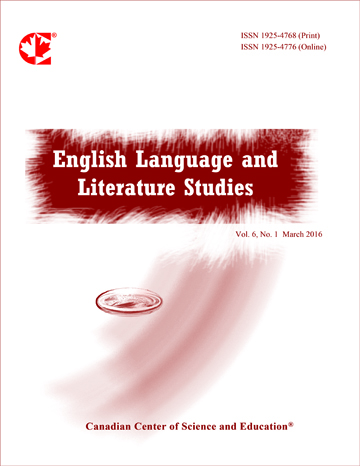A Case Study on the Translation of Metaphors in Red Sorghum
- Leyang Wang
Abstract
Mo Yan’s novel Red Sorghum is well known for its creative and initiative usage of metaphors. When it is translated into English, the translator has to evaluate the cultural differences between Chinese and English. The current study takes the translation of metaphors in Red Sorghum as an example to illustrate how cultural elements influence translation. The representative examples selected hereby were analyzed on the basis of the Relevance Theory and at the same time different cultural elements were taken into account to provide solid evidence. This essay proposes that translations of metaphors in Red Sorghum can be divided into four types: from metaphor to simile, from metaphor to metaphor with the tenor and vehicle unchanged, replacing the vehicle, deleting the vehicle. In order to facilitate target readers’s inferential process and help them establish the optimal relevance, the translator has to deliberate the disparities of the cultures in the source language and target language and then demonstrate the appropriate ostensive stimuli. No matter what measures the translator takes, it can not be sepearated from the corresponding cultural elements.
- Full Text:
 PDF
PDF
- DOI:10.5539/ells.v7n4p89
